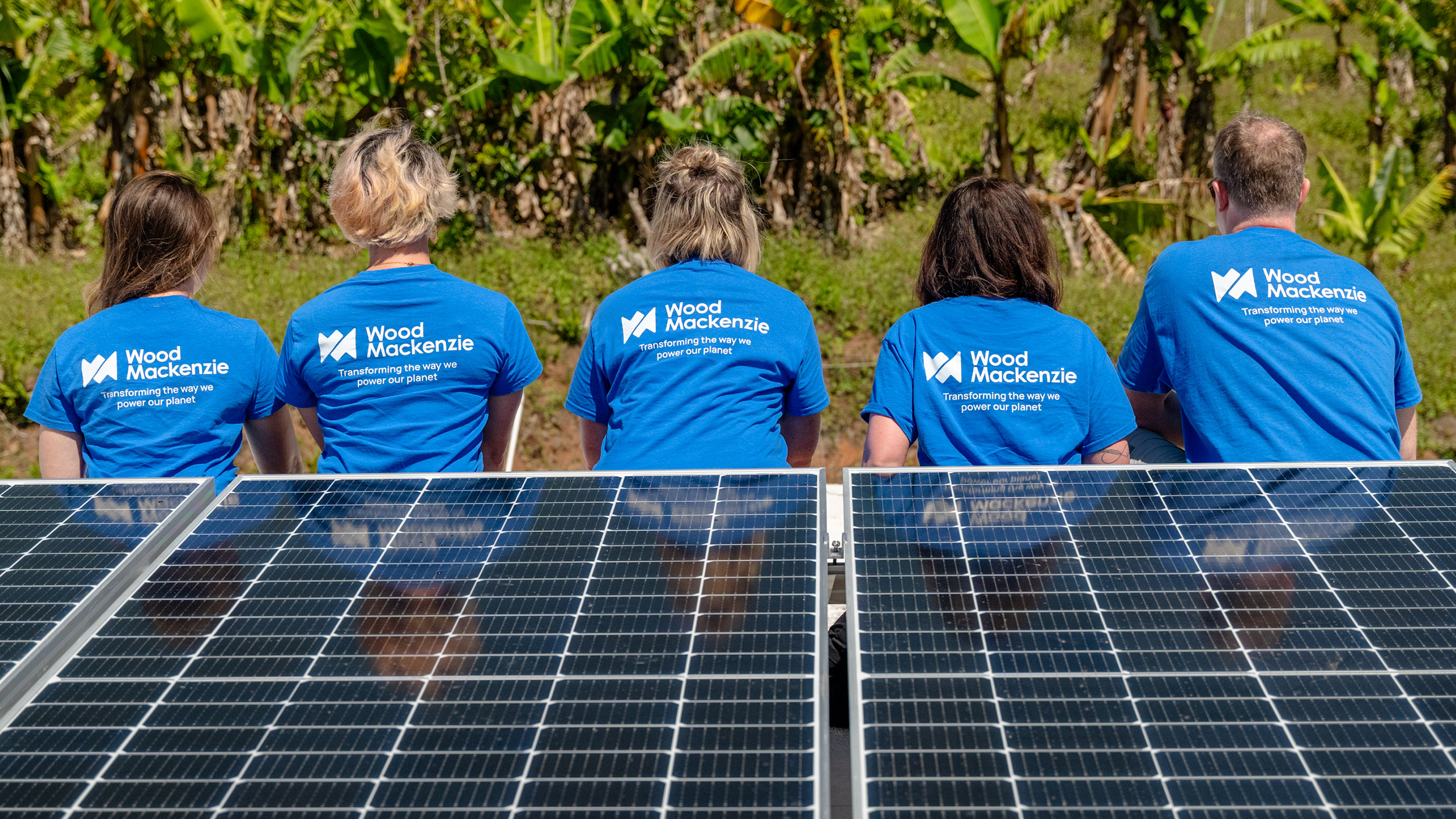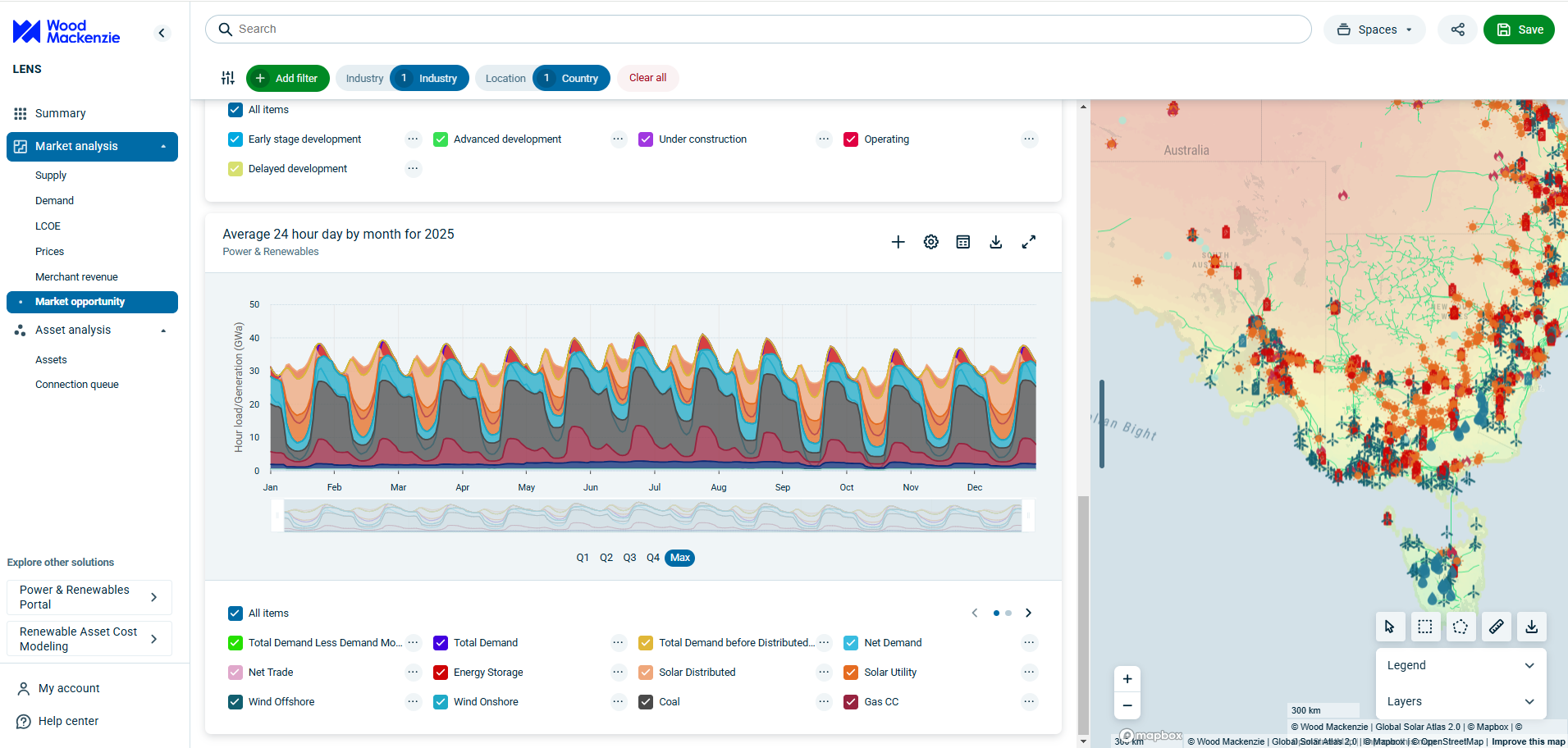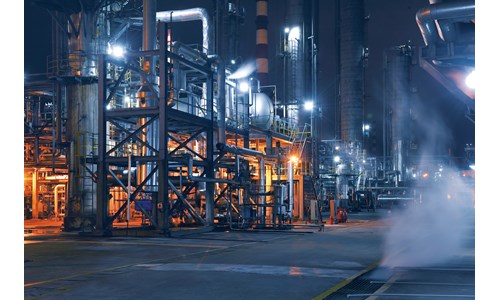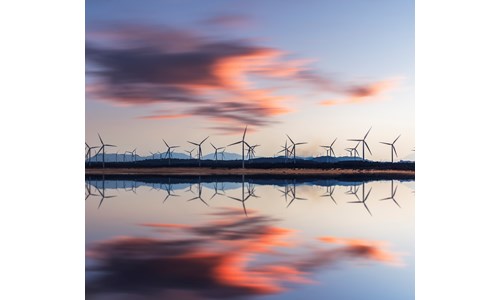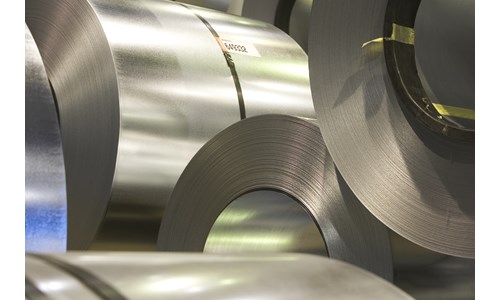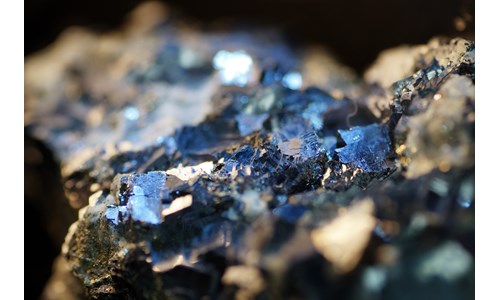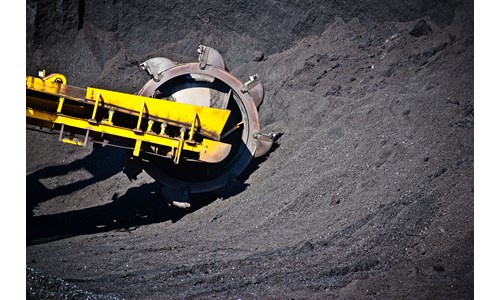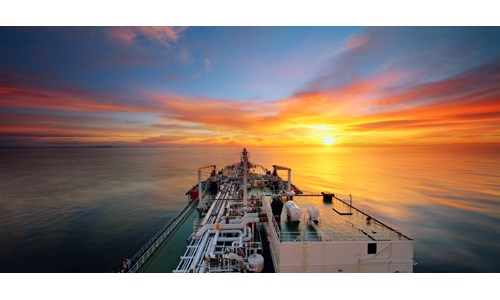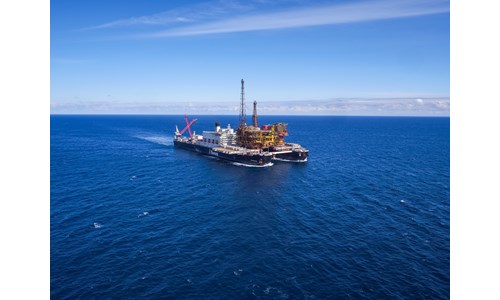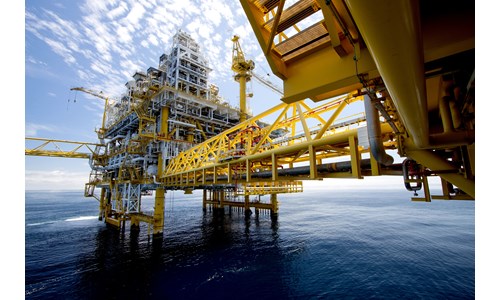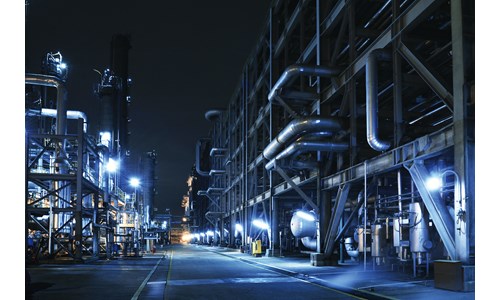The North Sea energy transition: aiming to thrive
*Please note that this report only includes an Excel data file if this is indicated in "What's included" below
Report summary
Table of contents
- Executive summary
- The status quo is untenable: governments have set the course
- Companies are embracing the change
- Future-proof companies need credible decarbonisation plans
- Hydrocarbons still to contribute to North Sea economies
- Governments can help ease the transition
-
The North Sea has taken the lead in offshore decarbonisation initiatives
- Electrification is the frontrunner – is widespread implementation an option?
- Carbon capture use and storage (CCUS) – a universal solution?
- Hydrogen production – an opportunity to extend asset life?
- Is energy transition an opportunity or the beginning of the end of the North Sea?
Tables and charts
This report includes the following images and tables:
- North Sea governments’ climate change policies
- Majors' North Sea NPV
- Government upstream cash flow
- UK tax split fiscal year 2018/19
- Norway’s production from sanctioned electrification projects
What's included
This report contains:
Other reports you may be interested in
Ijmuiden steel plant
With blast furnace relaunch in Feb'24, Ijmuiden returns to full-capacity operations for the year.
$2,250Barnacle
The Barnacle field lies in the UK northern North Sea in Blocks 211/29 and 211/30, 5 kilometres southwest of the Statfjord B ...
$3,720Gorm-Fredericia Oil Pipeline
The Gorm-Fredericia Oil Pipeline is the main trunkline to shore in the Danish sector of the North Sea. It serves all of the producing ...
$2,580